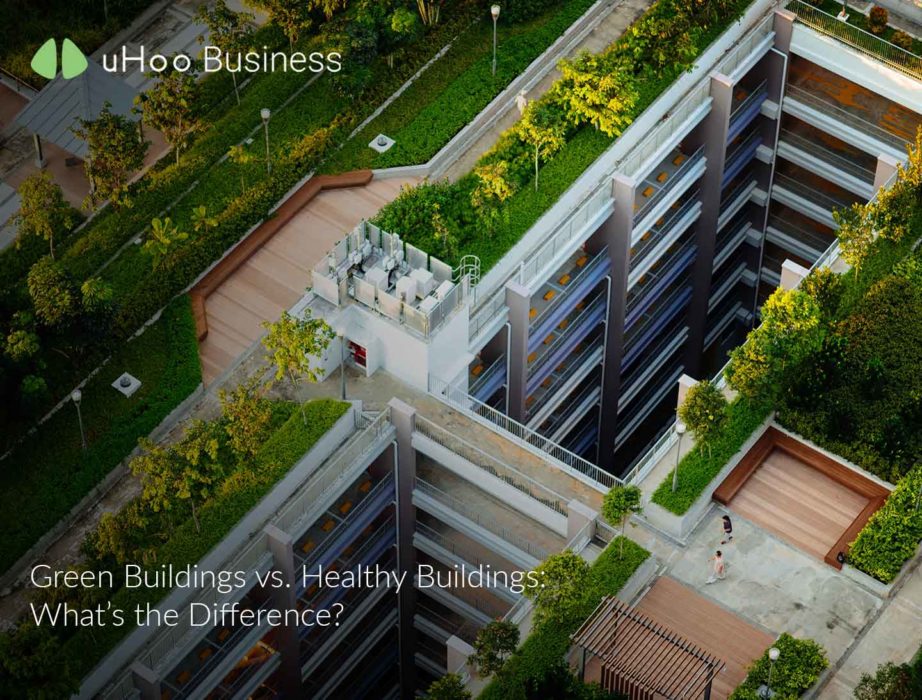With the modern work being done in meeting rooms, conference areas and cubicles, and with school establishments, malls, shopping centers, cinemas and apartment complexes blossoming right here and there – surely, buildings play a huge part of our urban lives and whether we like it or not, most of us are going to spend many years being in it.
While buildings are known to serve us most of our societal needs, we should also start to look more closely and examine how these built spaces affect the environment and the health of the people using them — this is where conversations about “green buildings” and “healthy buildings” begin to take off.
Building managers, facility owners or anyone concerned with adopting green and healthy practices must deeply understand what these terms mean and how they differ from each other. Here’s our take on it:
What is a Green Building?
The World Green Building Council defines green building as an establishment wherein its design, construction or operation reduces or eliminates negative effects and creates positive impacts on our climate and natural environment. These green buildings are established to preserve precious natural resources and improve our quality of life.
The main agenda of green buildings is to enhance the current situation of the environment and contribute to sustainability. Common green building practices include using eco-friendly building and construction materials, increasing energy efficiency, reducing air pollution and improving indoor environmental quality.
The urban and natural environment shall also be considered when making design, operational and construction planning and decisions.
Benefits of a Green Building
- Environmental conservation – through its philosophies and practices, green buildings can significantly reduce waste, greenhouse gas emissions and promote energy efficiency. To measure the claim, the Department of Energy reviewed 22 LEED-certified buildings and found out that these buildings produce 34% lower carbon emissions, consume 25% less energy and 11% less water.
- Work Satisfaction – a study has found out that there is a preference bias for green buildings, employees consider the environmental features of a green building to be more pleasant and agreeable than the ones of traditional buildings. Also, the natural-based characteristics of green buildings can boost satisfaction at work.
- Business Savings – the reduction in energy and water consumption leads to a decrease in operating cost and improved savings.
The green building market holds a strong promise in Asia. In 2019, the International Finance Corporation (IFC), a global development organization and a sister institution of the World Bank, published a report about green buildings, stressing the best practices that investors, developers and the government can adopt. The report also showed that green buildings are one of the largest investment opportunities in the coming years — with a $24.7 trillion investment opportunity by 2030.


